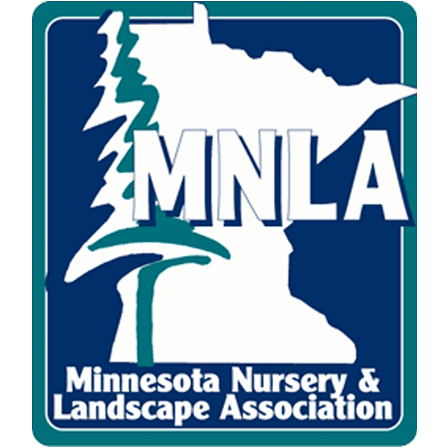Why is the Emerald Ash Borer so successful?
Hailing from Eastern Asia, the Emerald Ash Borer (EAB) has had a steady incline to pest or invasive status across North America since 2002. There were strong and early eradication efforts, however, these were abandoned primarily due to the fact that it is difficult to detect EAB infestations in trees.
Emerald Ash Borer Information
The Emerald Ash Borer (EAB) problem has accelerated at a strong rate across the Twin Cities since 2002. For this blog entry, we've compiled a few important topics in an easy and simple-to-understand fact sheet. The fact sheet covers some of the known and more unknown information around the EAB from our experience with the infestation:
How does Emerald Ash Borer kill a tree?
Emerald Ash Borer is an extremely difficult-to-control pest, which has invaded a large majority of Minnesota since 2002. A staggering fact about EAB is that it has a mortality rate of almost 100% for Ash trees when an infestation has occurred which is why it has become such an issue for homeowners in St. Paul and Minneapolis.
How to Plan and Prepare for Emerald Ash Borer This Spring.
Emerald Ash Borer: What is it and why is it threatening your home?
The Emerald Ash Borer is a beetle that was discovered in North America in 2002. The theory behind where they came from and how they got here is that they are thought to have arrived on solid wood packing shipments, that were transported around the world by cargo ships. The beetles are endemic to Asia; specifically Northern China, Eastern Russia, Japan and Korea.
The 3 best treatments for Emerald Ash Borer
Emerald Ash Borer (EAB) can be a difficult issue to deal with. Its rapid spread, if left unchecked, can destroy multiple trees in your garden. At present, there are three types of common EAB treatment approaches that can be utilized at any given time.
Bacterial Cankers And Anthracnose
Needle Cast
A Guide to Managing Black Knot Fungus
The black death of trees, the black knot is as ghastly as it is apparent. The fungus Apiosporina morbosa causes black knot. Black knot galls are most conspicuous during the fall and winter after all the leaves have fallen. So before the first buds of spring emerge, give your cherry trees a quick scan.



















